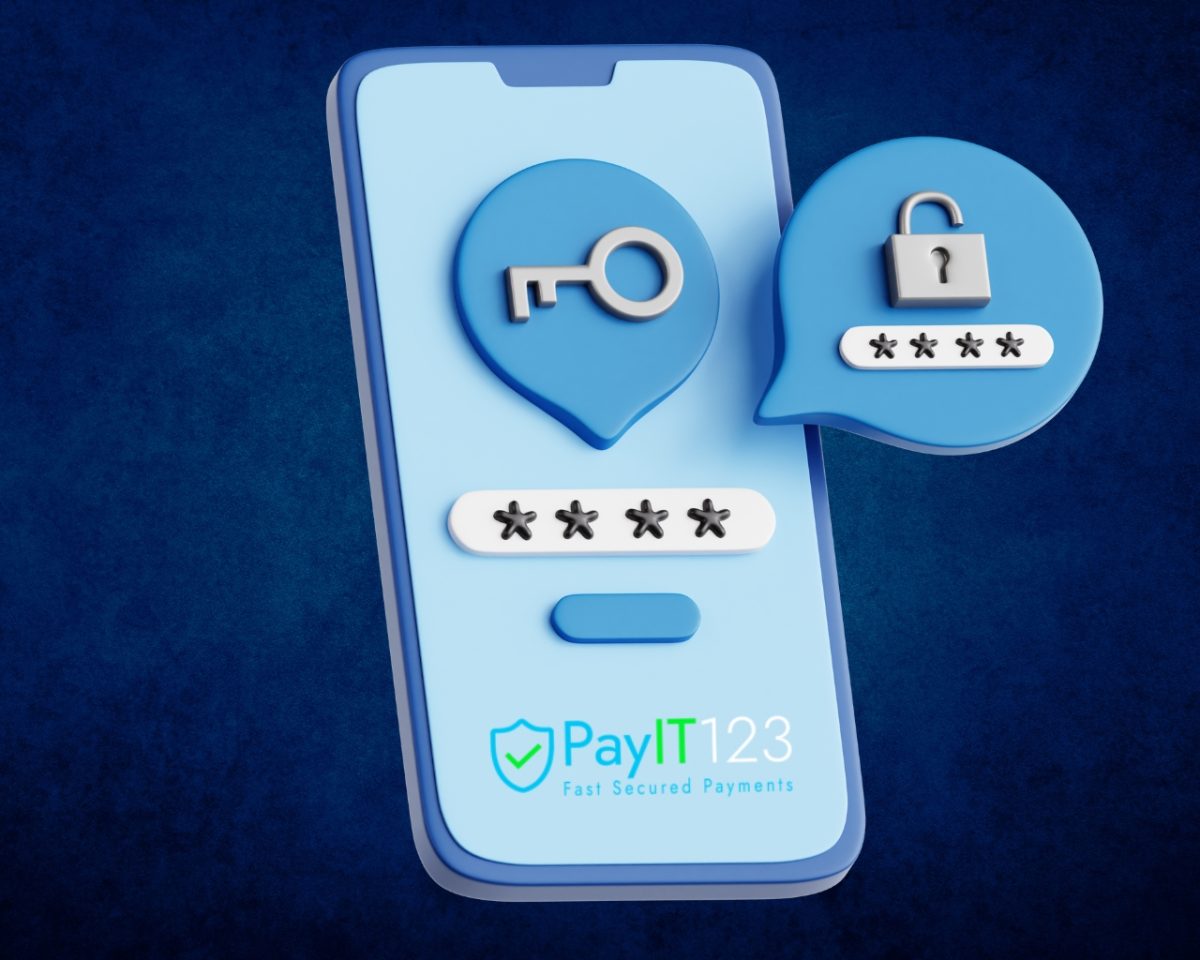Introduction
This blog discusses the importance of integrating two-factor authentication (2FA) with payment links in the digital age, highlights its potential to reduce fraud and unauthorized access risks, and provides guidance on effective implementation.
Understanding Two-Factor Authentication
Two-factor authentication (2FA) involves verifying a user’s identity using two different types of information before granting access to an account or validating a transaction. Typically, this includes something the user knows (like a password or PIN), something the user has (like a smartphone or a hardware token), or something the user is (like a fingerprint or facial recognition).
The Need for 2FA in Payment Links
Payment links streamline the process of collecting payments by directing customers to a secure payment portal with a simple click. However, the simplicity of this method can also make it vulnerable to various security threats, including phishing attacks and unauthorized access. By integrating 2FA, businesses can enhance the security of these transactions in several ways:
- Reducing Fraud: 2FA requires additional verification, making it much harder for fraudsters to complete unauthorized transactions, even if they have access to the first layer of security (e.g., stolen passwords).
- Building Trust: Customers are increasingly aware of cybersecurity issues. Providing a 2FA option demonstrates a business’s commitment to protecting customer data, thereby enhancing trust.
- Regulatory Compliance: Many industries are subject to regulations that mandate stringent security measures, including 2FA, to protect consumer information.
Implementing 2FA on Payment Links
1. Choose the Right 2FA Method:
- SMS-Based Verification: Send a one-time passcode (OTP) to the customer’s mobile phone when they initiate a transaction.
- Authenticator Apps: Use apps like Google Authenticator or Authy, which generate time-sensitive OTPs.
- Hardware Tokens: Provide hardware devices that generate a security code at the push of a button.
- Biometric Verification: Use fingerprint scans, facial recognition, or voice recognition, especially for high-value transactions.
2. Integrate 2FA with Your Payment System:
- Ensure that your payment gateway or platform supports 2FA. Many payment solutions have built-in options for 2FA that can be easily enabled and integrated with your current systems.
- Consult with IT security professionals to implement custom 2FA solutions if your current payment system does not support it natively.
3. User Education:
- Inform your customers about the benefits of 2FA and guide them through the setup process.
- Provide clear instructions on how to authenticate each transaction and offer support for users who encounter issues.
4. Regularly Update Security Features:
- Keep your security systems, including 2FA methods, up-to-date to protect against the latest threats.
- Periodically review and enhance your security protocols to ensure they meet industry standards and compliance requirements.
5. Monitor and Adjust as Needed:
- Regularly monitor transactions for unusual activities that could indicate potential security threats.
- Be prepared to adjust your 2FA settings based on customer feedback and evolving security trends.
Conclusion
Integrating two-factor authentication into payment links is not just an added security measure; it’s a necessary step in the evolution of digital transactions. As cyber threats continue to evolve, so must the security measures businesses use to protect themselves and their customers. Implementing 2FA helps minimize the risk of fraud, builds customer confidence, and ensures compliance with industry security standards.
#CyberSecurity #TwoFactorAuthentication #PaymentSecurity #DigitalPayments #Fintech #OnlineSecurity

